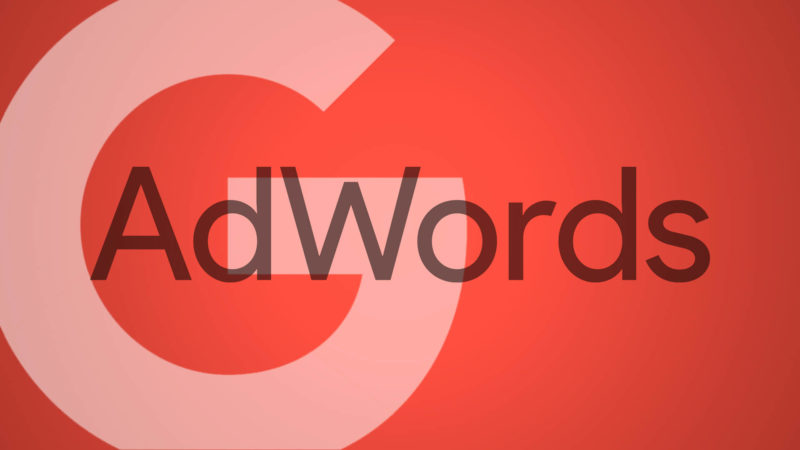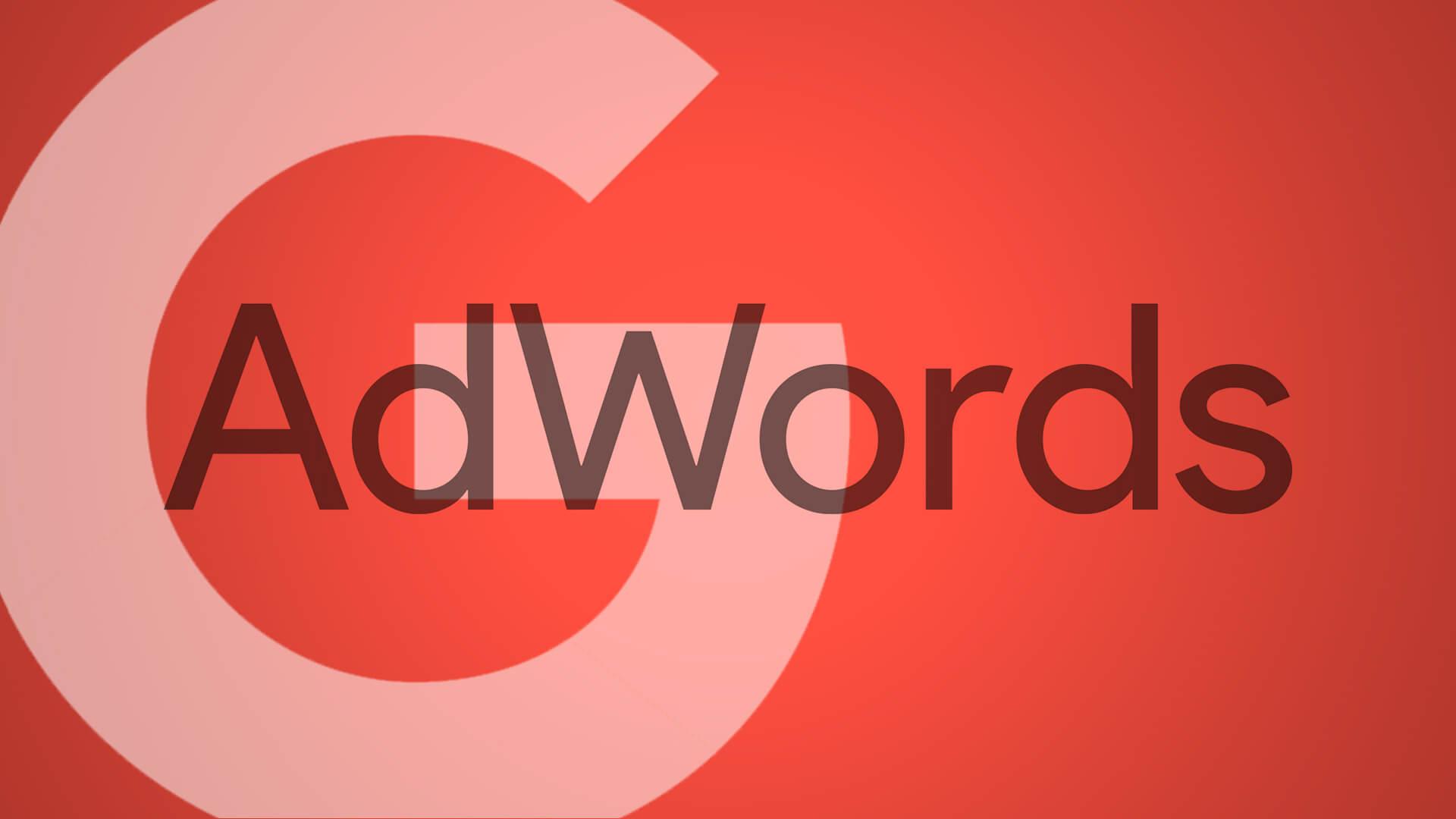
Your AdWords ads look different today than they did 10 years ago. They look different than they looked last year. Heck, they even look different than they did this summer!
In case you missed it, Google recently updated the way that we serve sitelinks, callouts and structured snippets in your ads. Sitelinks have become a swipeable carousel, while callouts and structured snippets now appear in the same area of the ad as your description text. (Note that the top ad above the search results is an exception here. That position is eligible to serve a stack of four sitelinks.)
In order to understand this change, I think it’s important to understand the purpose of sitelinks: They exist to get people where they want to go as quickly as possible. A click on a sitelink tends to be a better user experience, so we want people to click on sitelinks more often.
What does this mean for you? To state the obvious, it could mean more clicks on your sitelinks. In theory, this should also mean more conversions for you. Sitelinks are a way to prequalify a visitor to your site. If they’re swiping on that carousel to find the right link for their situation, you can be more confident that they’ll like where they land.
How should you adapt your sitelinks to this new reality?
1. Verify that you are, indeed, seeing more clicks on your sitelinks
You should be getting more clicks via sitelinks, and you should verify what you’re seeing. You may not be on the extreme end of the spectrum like some advertisers who’ve seen 15 percent of their clicks flow through sitelinks, but you should still be able to see an impact.
Segment your reports by Click Type to understand how many clicks are coming from your sitelinks and how much you should invest in sitelink maintenance.
2. Send those sitelink clicks to the right pages on your site
Sitelink clicks tend to be more qualified, and more valuable, clicks. Make sure your landing pages are optimized for your sitelinks.
A couple of ways to ensure that you’re sending sitelinks to the right pages of your site — use campaign drafts and experiments to find the right page (where you should set up separate, new extensions that direct to a new page in your experiment campaign), then use Google Optimize to further refine that page once you’re confident you’ve found the right one.
3. Include plenty of sitelinks
Our general guidance is to ensure that you have eight to 10 active sitelinks per campaign. The order is chosen dynamically, and which ones actually show will depend on someone’s current context, along with a host of other factors. In addition, the swipeable carousel enables more of the sitelinks to show. Each ad unit is assembled for each auction, and those auction-time signals determine which of your pages might be most useful for a user.
Quantity is only part of the equation. I advocate for eight to 10 sitelinks assuming that you’re still testing out your messaging. Four great sitelinks are better than 10 mediocre ones, but it’s always tricky to know which of those four are great. There’s no penalty to having sitelinks that are only marginally useful. If the system doesn’t like them, they won’t serve. It’s as simple as that. Until you’re confident that you’ve got the right sitelinks, include plenty of options.
4. Write sitelinks that make interacting with your site easier
Sitelink quality is often overlooked. Ask yourself if your customers would click on the links you’re presenting them with. After this new format change, there’s a significantly improved chance they will (if the sitelink is good enough). Focus on the text you’re using, exactly the way you do with your ads.
Better sitelinks set people up for a successful interaction with your site. Make finding what they want on your site fast. Take them to pages on your site where you know people convert. While truncation can happen (very rarely), I don’t think it’s something you should worry about. Worry about putting your best foot forward in terms of deeper links on your site. Make calls to action clear and compelling.
What about callouts and structured snippets?
As I said up top, sitelinks aren’t the only extension that got a recent beautification. Both callouts and structured snippets will now appear in the same space as your description text. It’s led to what I consider to be a more consistent look to the ad unit. User studies also suggest that the text is more readable within that same space.
I’ve talked to some people who don’t share my enthusiasm. There have been worries from brands that really care about the look of their text ads. I get that concern, but I wanted to point out that callouts very rarely show on brand terms.
If you want to control the appearance of your brand ads, you can opt out of callouts within that campaign. I wouldn’t advise that, as extensions are a good thing for performance, but if you’re passionate about the look of that text ad, that’s one way to rest easy without losing too many extension impressions.
Fundamentally, this change makes extensions more useful, even if it’s a bit less predictable to the more brand-aware advertisers among us. In my heart of hearts, I’m a performance marketer — and I’ll take a supposedly less attractive ad that drives more clicks any day of the week.
Conclusion
The look of an AdWords ad has changed before, and it’ll surely change again. I’m a particular fan of this update, though, because it focuses on delivering a great user experience.
People are now more likely than ever to click on your sitelinks (with an assist from callouts and structured snippets that help to deliver more in-depth messaging within the ad copy). Take that new look to heart, and focus more effort on those sitelinks.
Contributing authors are invited to create content for Search Engine Land and are chosen for their expertise and contribution to the search community. Our contributors work under the oversight of the editorial staff and contributions are checked for quality and relevance to our readers. The opinions they express are their own.



